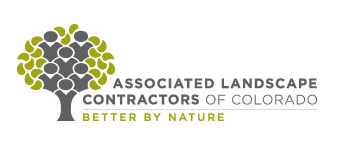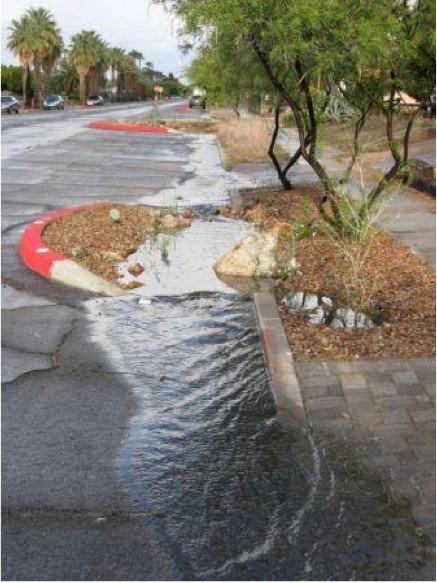| Soils Support Urban Life |
 |
| News |
| Wednesday, February 11, 2015 06:00 AM |
|
According to Dr. Lakhwinder Hundal, who works with District, most urbanized areas collect and move wastewater to Water Reclamation Plants (WRPs) using a connected collection system. In many areas, WRPs collect both storm water and wastewater in combined sewer systems. In some cities, like Chicago, Los Angeles, and New York, about 90% of the surface is “impervious.” This means that the surface does not let rainfall through. Rainfall and snow melt make up most of the water that flows over these impervious surfaces and into the storm water system. The last few decades have brought a shift from traditional “capture, convey, and treat" drainage systems. Instead, cities focus on more sustainable systems to manage storm water runoff. They are often referred to as ‘green infrastructure’. Rain gardens are one example of green infrastructure that can delay the arrival of water that reaches the sewer system and can reduce flooding. Another benefit of green infrastructure is the potential reduction of pollutants entering the storm water system. Pollutants like nutrients (from fertilizers), road salt, and bacteria, can negatively affect aquatic life and public health. Green infrastructure captures these pollutants, especially those that might run off at the beginning of a storm, called “first flush.” As part of their celebration of IYS, SSSA is developing a series of twelve 2-minute educational videos. They are working in conjunction with Jim Toomey, who has worked with the UN in the past on a video series. He also authors the environmental cartoon, Sherman’s Lagoon. February’s Soils Support Urban Life video can be viewed at https://www.soils.org/iys/monthly-videos. To learn more about green infrastructure and rain gardens, visit https://www.soils.org/discover-soils/soils-in-the-city/green-infrastructure. Read more in this issue of Colorado Green NOW: |

 The Soil Science Society of America (SSSA) is coordinating a series of activities throughout 2015 International Year of Soil (IYS) to educate the public about the importance of soil. February’s theme is “Soils Support Urban Life.” In SSSA’s
The Soil Science Society of America (SSSA) is coordinating a series of activities throughout 2015 International Year of Soil (IYS) to educate the public about the importance of soil. February’s theme is “Soils Support Urban Life.” In SSSA’s 